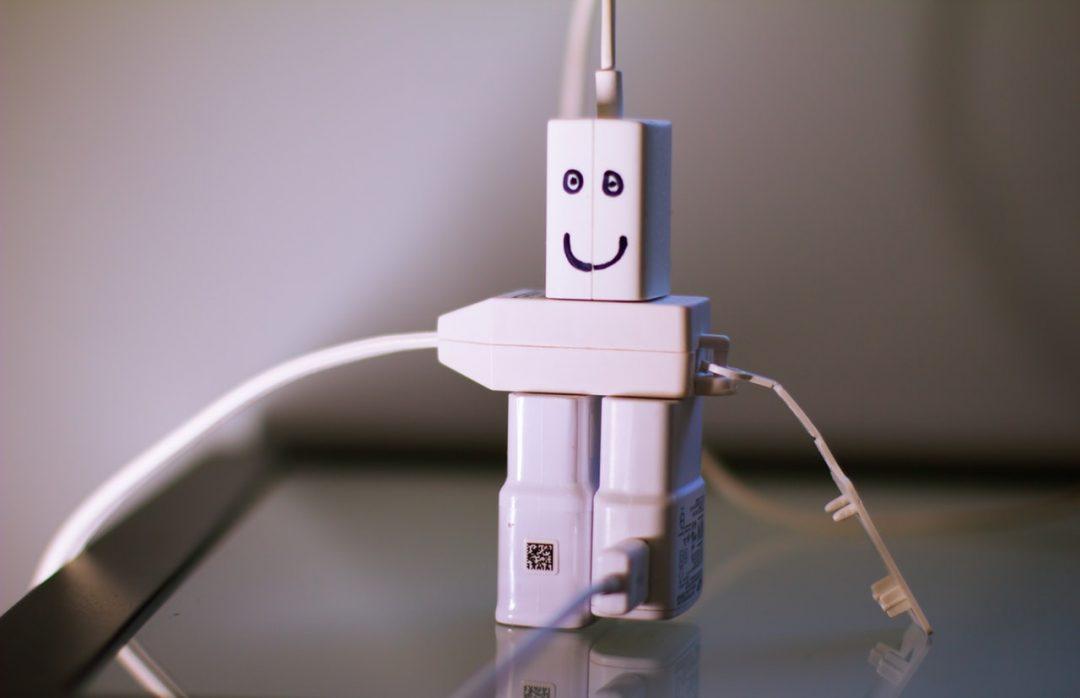There are many options that may be used in the treatment of dry eye disease, each chosen for specific and case-by-case reasons. While the first treatment option is usually the consistent and frequent use of artificial tears, this is not always effective in completely relieving symptoms such as dryness, burning, grittiness, and redness. Some moderate to severe cases of dry eye disease may require additional treatment options; this is where punctal plugs can be considered. Punctal plugs are biocompatible implants that are placed in the tear drainage structure of the eye, allowing the eye’s natural tears to stay on the surface of the eye and nourish the ocular surface.

How to Punctal Plugs Work?
The tear film is released by several glands along the ocular surface and are spread across the front of the eye. When they are drained from the eye’s front surface, they drain through a structure called the punctum, which is a small hole found on the inner corners of the eyelids. Punctal plugs are very tiny implants that are specifically designs to fit within the punctum and reduce the rate of tear drainage with the goal of keeping tears in contact with the front of the eye for a longer period of time. This keeps the ocular surface better nourished and more comfortable when artificial tears are not completely relieving symptoms.
Punctal plugs come in temporary or permanent options. Temporary plugs are made of a collagen material that can dissolve in a matter of weeks or months, while more permanent plugs are made of a more durable material that can last for years at a time. Your eye doctor may decide to initially insert temporary punctal plugs to make sure the treatment option is effective in your case of dry eye disease. If symptoms improve with the use of temporary plugs, a permanent plug may be inserted next.
How is a Punctal Plug Inserted?
Punctal plugs are inserted in the office of you eye doctor during a very quick, simple, and painless in-office procedure. Once you and your optometrist decide to pursue punctal plugs as a treatment option, they can usually be inserted the same day. The first step may include measuring the size of your punctum so the proper plug size can be determined. Your doctor will then use a set of tweezers and a lighted microscope to precisely insert the plugs into the punctum while you sit in the exam chair. The process is non-invasive and incredibly quick; it usually takes less than one minute per eye. There are very few risks associated with the insertion of punctal plugs. The most common adverse effect is an allergic response to the plug, in which case the implant can be quickly removed or flushed out. Once the device is inserted, it is unnoticeable and should cause no irritation or awareness. Daily routines can be immediately resumed, and most people begin to notice an improvement in dry eye symtpoms within the first few days. Your doctor will likely ask you to return for a follow-up visit to ensure the plugs are properly placed and doing their job, but overall this treatment option is a very low-maintenance and effective choice for the treatment of dry eye disease.

0 Comments